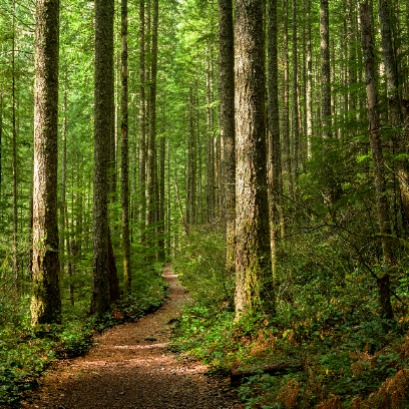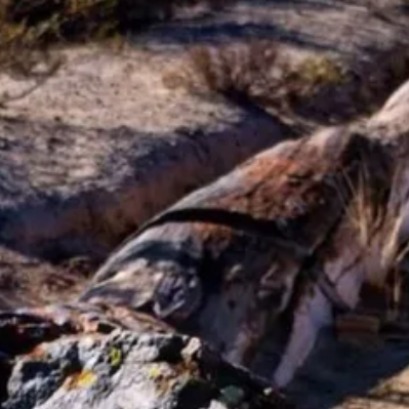
CSIC scientists show that Europes forests lose their ability to absorb carbon for years
The forests of Europe have lost the ability to absorb carbon in recent years due to different factors that are analyzed and quantified in a recent CSIC study, Higher Council for Scientific Research.
The intensification of wood felling, the decrease in repopulations and extreme episodes of heat and drought, among the responsible factors. Forests are allied in the fight against climate change thanks to their ability to absorb CO? of the atmosphere and keep it kidnapped in the form of carbon in the trunk, the leaves, the roots or in the soil. They currently cover about 40% of the territory of the European union Between 1990 and 2022, they have absorbed around 10% of emissions derived from human activity. Even so, a recent article published in the Nature magazine, led by Mirco Migliavacca, a researcher at the Joint Research Center, and that has had the participation of CREAF and CSIC, warns that its ability to kidnap carbon is in decline. According to the EU Lulucf inventory (which calculates the carbon sinks of the forest ground, wet areas, wet areas, and agricultural areas Among others), the forest carbon deposit in Europe went from 457 million tons of equivalent absorbed every year between 2010 and 2014 to 332 million tons of CO? equivalent absorbed every year between 2020-2022. That is, a reduction of almost a third in just a decade. This ends at risk the climatic objectives of the European Union that establishes that the EU has to be climatic neutrally in 2050. Within this roadmap, the revised regulations on the Lulucf sector set for 2030 the goal of absorbing 310 million tons of equivalent. If we take into account the decline lived in 10 years, it seems that this will not be possible. Factors of the declines factors behind this decline are several and often interconnected. The study identifies as main responsible the intensification of wood felling, linked to a growing demand for wood consumption both at European and global scale; The increase in natural disturbances such as fires, storms and pests, which are often followed by premature talas to remove dead or burned wood; to the fact that forests no longer expand at a pace as accelerated as a few years ago and there are no longer as many repopulations; to the aging of forests, which reduce their capacity for growth and carbon absorption; and to the extreme episodes of heat and drought, which decrease the photosynthesis and the productivity of the trees. These impacts may have persistent effects for years, weakening forests and aggravate forest mortality and carbon ability losses. Missing to urgently focus on the focus implies a balance between productive activities, such as logging, and the conservation of natural habitats. The study, then, suggests science -based management models that combine forests with different ages and degrees of protection, alternating areas for sustainable production with other reserved for strict conservation. This diversification helps protect biodiversity and maintain carbon stored in different forest compartments, such as living wood, dead wood and soil. Thus, this solution will only be valid in very determined places and with more favorable climatic conditions.
IT MAY INTEREST YOU
 The second largest wetland in South America is located in Argentina: what is it?
The second largest wetland in South America is located in Argentina: what is it?
Argentina has national parks that place it in a unique position within South America, competing with 300 others. Which is the largest? South America is home to more than 300 national parks, but many go unnoticed. There are extensive wetlands that have been the subject of major ecological restoration projects, to coastal mountains with deep indigenous heritage. Today we tell you the case of one located in Argentina.
 Botanists discover giant trees up to 3,��� years old in Tanzania, unknown until now by science
Botanists discover giant trees up to 3,��� years old in Tanzania, unknown until now by science
Scientists have identified a new species of giant tree, Tessmannia princeps, in the Udzungwa Mountains. This species had never before been recorded by science.
 The forest of the oldest shadows: the story of the petrified trees
The forest of the oldest shadows: the story of the petrified trees
One of the natural treasures of Río Negro turns 23 years old under the protection law that allows its conservation. Where it is and how it was formed. Río Negro celebrates 23 years of conservation in the petrified forest as a Protected Natural Area (ANP). It is a space of 625 hectares that protects an exceptional site of fossil trunks that date back more than 60 million years.





















